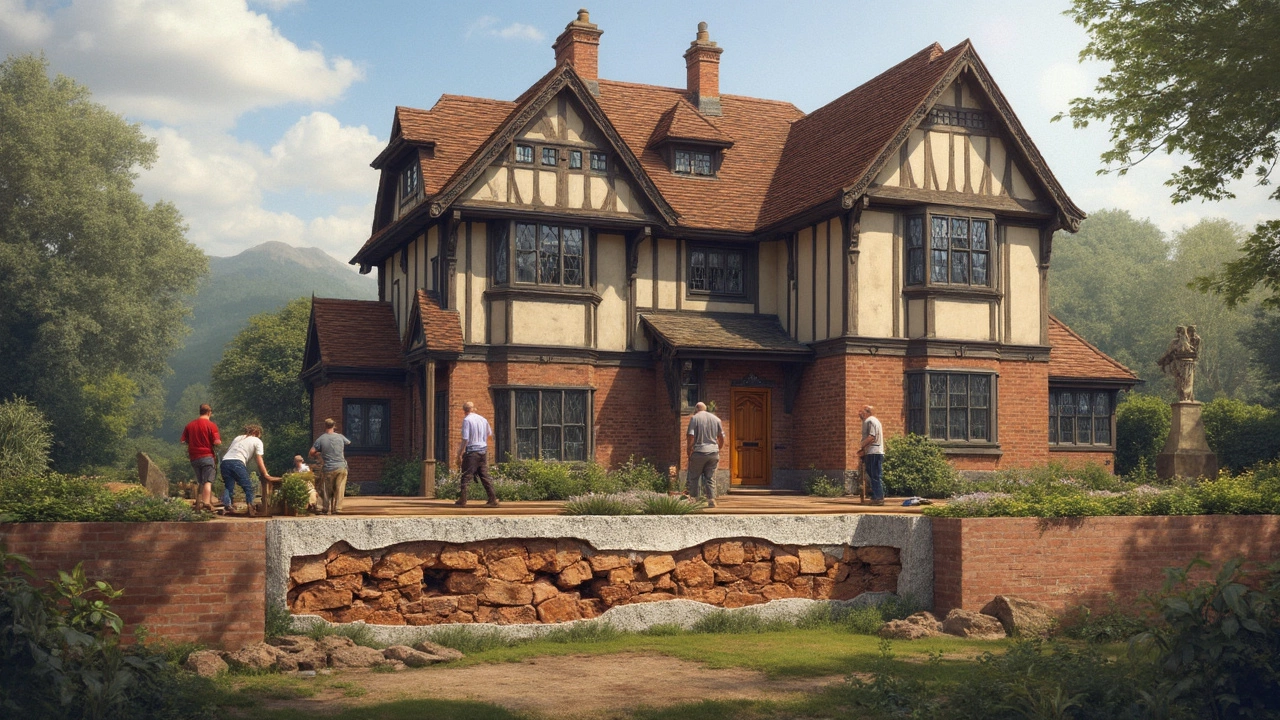Fixer‑Upper Costs: What You Need to Know Before Buying
If you’re eyeing a rundown house, the first question on everyone's mind is: how much will it actually cost to make it livable? The answer isn’t a simple number because every property has its own set of surprises. But you can break the project down into clear sections, put realistic figures on each, and avoid nasty budget shocks.
Major Cost Drivers
Most fixer‑uppers share a few big‑ticket items that chew up the budget fast. Here’s a quick run‑through of what you’ll likely face:
- Foundation and structural work: Horizontal cracks, sagging walls, or uneven floors can range from £2,000 for a simple cement fill to £15,000 for full underpinning.
- Roof repairs or replacement: A decent roof replacement in the UK runs about £5,000‑£12,000 depending on materials and pitch.
- Plumbing and drainage: Re‑routing old pipes or fixing a leaking slab can cost between £1,500 and £7,000.
- Electrical rewiring: Full re‑wire to meet current standards is usually £3,000‑£6,000 for a three‑bedroom home.
- Insulation and energy efficiency: Adding cavity fill, loft insulation, or double glazing adds £1,000‑£5,000 but saves money long‑term.
These numbers are averages – your exact price will depend on location, labor rates, and the condition of the house. The key is to get a professional survey early so you know which of these drivers apply.
Tips to Keep Expenses in Check
Now that you know the big‑ticket items, here are some practical ways to keep the total from blowing out:
- Prioritise safety first: Fix any structural, roof, or electrical hazards before you start cosmetic work. This avoids re‑doing work later.
- Get multiple quotes: For each trade (bricklayer, electrician, plumber) ask at least three reputable firms. Use the spread of quotes to negotiate.
- Do simple DIY tasks: Painting, tiling, or removing fixtures can save a few thousand pounds if you have basic skills.
- Buy materials wisely: Look for clearance sales on tiles, flooring, or fittings. Ordering in bulk often yields discounts.
- Set a contingency fund: Always add 10‑15% extra to your budget for unexpected issues like hidden rot or asbestos.
One mistake many buyers make is to assume the purchase price is the only cost. In reality, the renovation budget often matches or exceeds the buying price. Treat the total spend as a single project and track every expense in a spreadsheet.
Finally, remember that a well‑done fixer‑upper can boost a property’s value by 20–40%. If you keep a close eye on costs, you’ll end up with a home that not only looks great but also pays off when you decide to sell.
Ready to start? Grab a free quote from a local contractor, schedule a structural survey, and make a simple spreadsheet. With those steps, you’ll walk into the project knowing exactly what you’re paying for and why.

